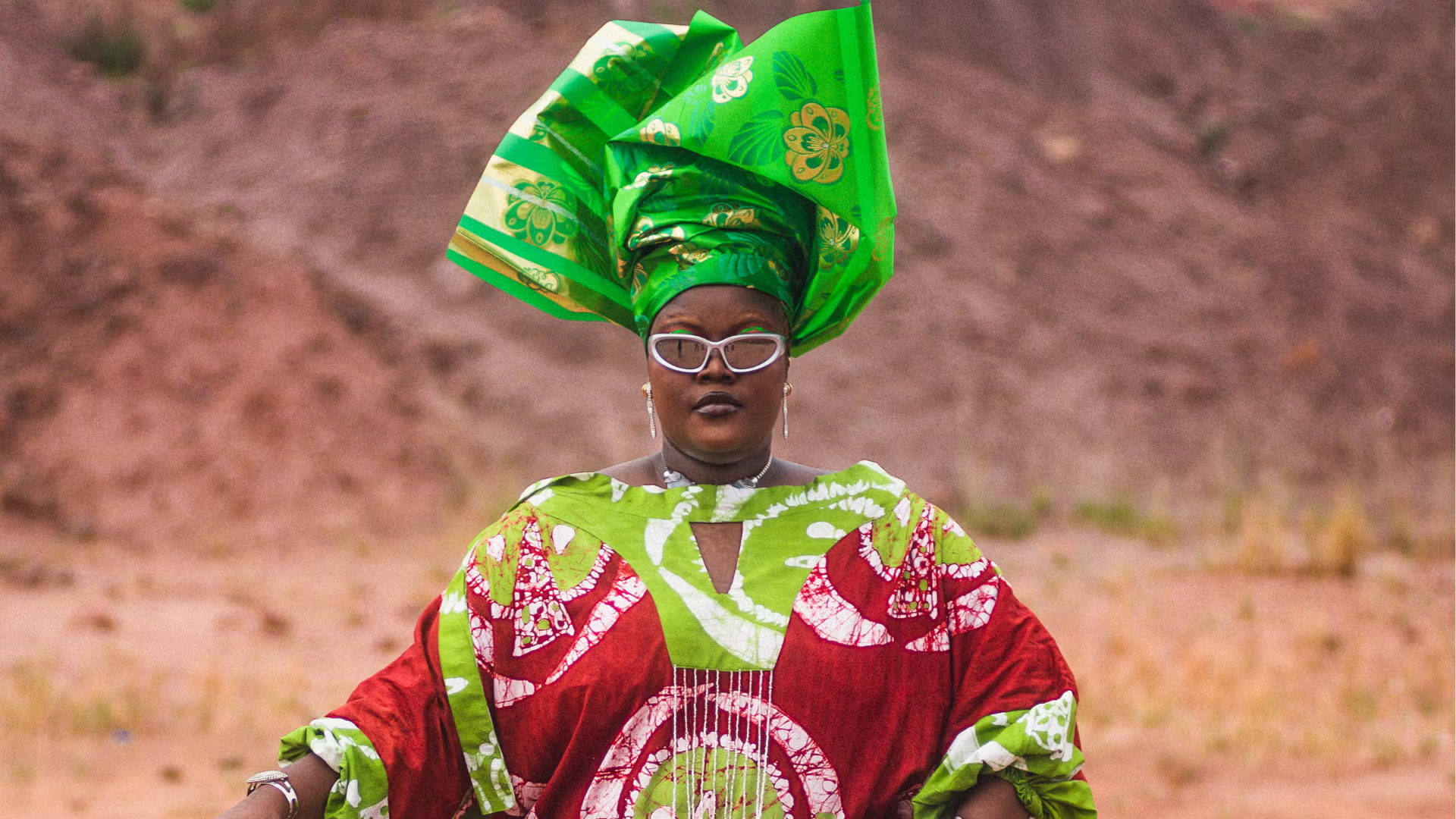Sinners arrived this year as a film that engages with story, not simply style. While it may not be named the “best-dressed black film ever,” its style is considered character-based and visually appealing, making it one of the most fashionable black films in recent times.
Right from the first scene, it is clear that the stylists on Sinners are experts at creating identity through dress. The appearance of each character aligns with their personality, social standing, and temperament. The carefully tailored suits, crisp shirts, and shining accessories of the leads signify ambition and refinement. At the same time, streetwear-inspired outfits for minor actors provide contrast, grounding the action in a gritty, contemporary cityscape. The tension and pull of texture, pattern, and colour build a cinematic rhythm that is both planned and spontaneous.
Although the movie itself is not situated in the 1990s, it takes its cues from the decade. Enormous blazers, belted fabrics, and subdued colour schemes nod discreetly to 90s style without ever straying into dated territory. This delicate walking line between past and present serves to make Sinners appealing to viewers familiar with the allusions but who appreciate current notions of style. Both Nigerian and broader African cultural idioms are evident in the use of fabric, print, and ethnic ornamentation, giving the film a distinctive visual style that sets it apart from other recent black films.





What stands out most about Sinners is the attention that goes into every costume. Costume design is woven into the narrative, reinforcing character development and emotional payoff. The characters’ attire all subtly enhances climactic confrontations, intimate moments, and public spectacles. The attire is never mere window dressing; it moves the story forward, shapes perception, and adds depth to each scene.
For both viewers and fashion enthusiasts, Sinners demonstrates that fashion has the power to take storytelling to profound and significant levels. It shows how character, narrative, and cultural heritage can converge in clever styling. The film’s approach serves as a reminder that cinematic fashion can be more than aesthetically pleasing — it can also teach, identify, and redefine how a story is understood.
In the broader context of modern black film, Sinners is a vivid illustration of how costume can be employed as a storytelling device. Although it may not compete with international classics in sheer fashion fame, it raises the bar for African movies and others hoping to incorporate style meaningfully into their narratives. Through a deliberate, culturally aware, and aesthetically appealing fashion sense, Sinners proves that fashion cannot be divorced from storytelling, and its impact is long-lasting on the viewers, while also contributing to the film’s strength.

























